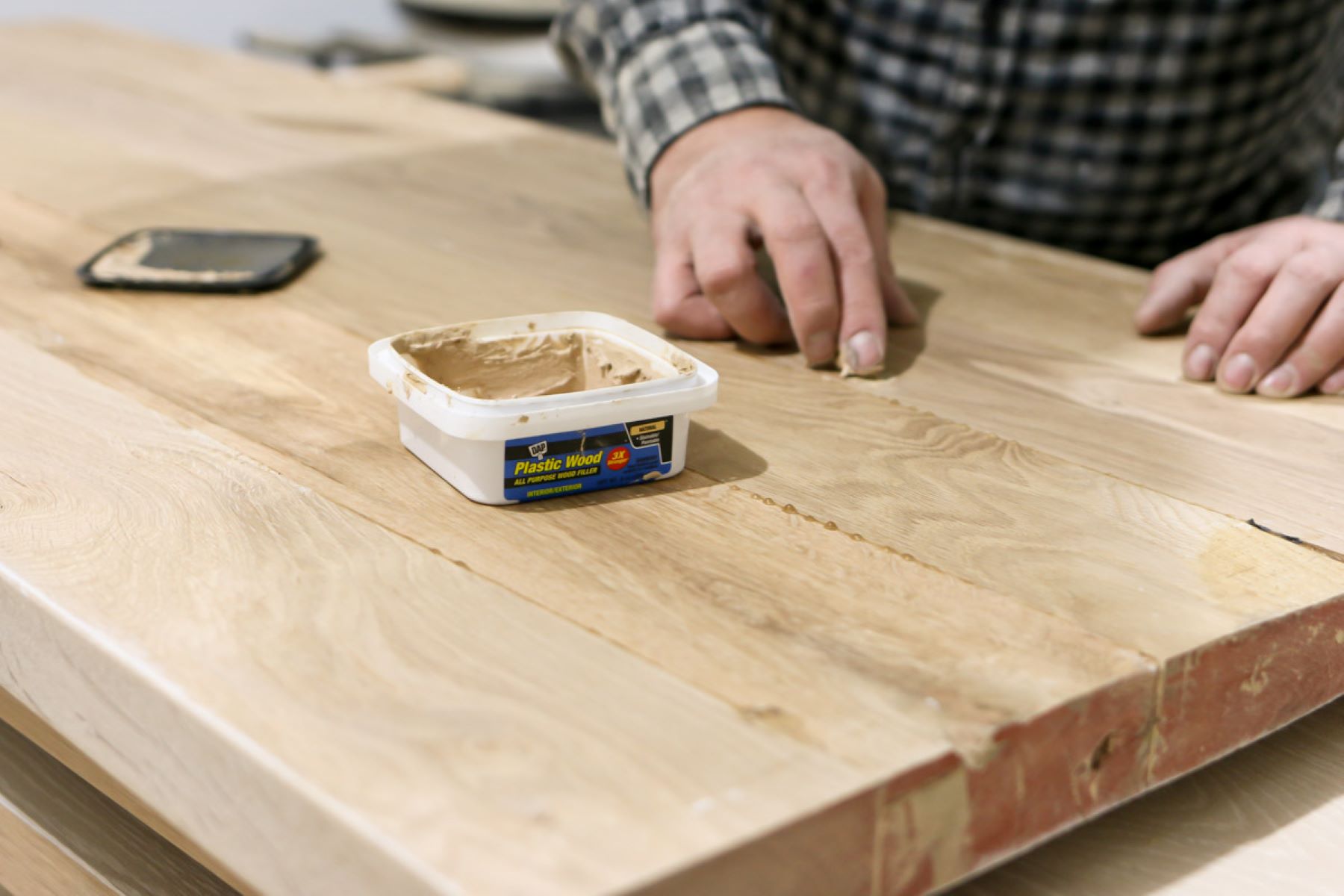

Articles
How To Do Butcher Block Countertops
Modified: January 18, 2024
Learn how to install and maintain beautiful butcher block countertops with our informative articles. Enhance your kitchen with this timeless and durable surface choice.
(Many of the links in this article redirect to a specific reviewed product. Your purchase of these products through affiliate links helps to generate commission for Storables.com, at no extra cost. Learn more)
Introduction
Welcome to our comprehensive guide on how to do butcher block countertops. Butcher block countertops offer a beautiful and functional addition to any kitchen or workspace. With their natural warmth and durability, they have become a popular choice for homeowners looking to add a touch of rustic charm to their space.
In this article, we will take you through the step-by-step process of installing butcher block countertops. Whether you are a seasoned DIY enthusiast or a beginner looking to tackle your first home improvement project, this guide will provide you with the knowledge and skills needed to achieve a professional-looking result.
Before we dive into the project, let’s take a look at the materials you will need to complete the installation successfully.
Key Takeaways:
- Proper preparation, precise measurements, and careful cutting are essential for achieving a perfect fit when installing butcher block countertops. Thoroughness and attention to detail are key to a successful DIY project.
- Choosing the right finish and properly installing the butcher block will ensure its longevity and durability. Enjoy the functional and aesthetic benefits of your new countertop and take pride in your DIY accomplishment!
Read more: How Do You Install Butcher Block Countertops
Materials Needed
Before you begin installing butcher block countertops, gather the following materials:
- Butcher block countertop: Measure and purchase a butcher block countertop that fits your desired dimensions and style.
- Saw: To cut the butcher block to the appropriate size, you will need a saw. A circular saw or a jigsaw will work well for this task.
- Sanding tools: Invest in sandpaper or a sanding block to smooth out the surface of the butcher block.
- Finishing materials: Depending on your preference, you can choose from various finishes such as mineral oil, tung oil, or a food-safe sealer to protect and enhance the appearance of the butcher block.
- Wood glue: If necessary, you may need wood glue to attach any additional pieces of butcher block together.
- Clamps: Clamps will come in handy for holding the butcher block pieces together while the glue dries.
- Measuring tools: A tape measure and a straight edge will assist in accurately measuring and marking the butcher block.
- Level: A level is useful for ensuring that the butcher block is installed correctly and level.
- Safety equipment: Don’t forget to wear safety goggles, gloves, and a mask to protect yourself from any flying debris or dust particles.
Having these materials readily available will make the installation process smoother and more efficient.
Step 1: Preparation
Before you begin the installation process, it is important to prepare the area where the butcher block countertop will be installed. Follow these steps for proper preparation:
- Clean the surface: Ensure that the existing countertop or workspace is clean and free from any debris. Remove any appliances, dishes, or items that may obstruct the installation process.
- Turn off utilities: If your countertop has a sink or any other utilities, make sure to turn off the water supply and disconnect any plumbing or electrical connections.
- Measure the space: Take accurate measurements of the area where the butcher block will be installed. Consider the dimensions of the countertop and any overhang that you desire.
- Plan for support: Determine if you need additional support for the butcher block. This could involve installing brackets, corbels, or a support frame underneath the countertop to ensure stability.
- Prepare any additional pieces: If your countertop requires additional sections, such as an island or a peninsula, now is the time to cut and shape those pieces.
By properly preparing the space, you will ensure a smooth and efficient installation process. Now that you have everything in order, it’s time to move on to the next step: measuring and marking the butcher block.
Step 2: Measuring and Marking
Accurate measuring and marking are crucial for a seamless installation of your butcher block countertop. Follow these steps to ensure precise cuts and a perfect fit:
- Place the butcher block: Position the butcher block countertop on the prepared surface to get an idea of its placement and any adjustments that may need to be made.
- Mark the overhang: Measure and mark the desired overhang of the countertop. Typically, a 1-2 inch overhang is adequate. Use a straight edge and a pencil to make your marks.
- Mark cut lines: Measure and mark the areas where the butcher block needs to be cut to fit around sinks, appliances, or corners. Ensure that these marks are precise and align with the dimensions of the objects they need to accommodate.
- Double-check measurements: Before proceeding to the cutting stage, double-check all your measurements to ensure accuracy. Mistakes in this step can lead to ill-fitting countertops.
Taking the time to measure and mark the butcher block accurately will save you from unnecessary cutting and potential errors. Once your markings are in place, it’s time to move on to the next step: cutting the butcher block.
Step 3: Cutting the Butcher Block
Now that you have measured and marked the butcher block countertop, it’s time to make the necessary cuts to fit it perfectly into your space. Follow these steps to ensure precise and clean cuts:
- Choose the appropriate saw: Depending on the thickness of your butcher block and the nature of the cuts, select the appropriate saw. A circular saw is ideal for straight cuts, while a jigsaw is better suited for curved or intricate cuts.
- Secure the butcher block: Use clamps or have a partner hold the butcher block firmly, ensuring it does not move during the cutting process. This will prevent any accidents or mistakes.
- Follow your marked lines: Align the blade of the saw with your marked cut lines. Take your time and make slow, steady cuts, following the line accurately. Remember to wear safety goggles and gloves for protection.
- Create smooth edges: Once the major cuts are complete, use a router or sandpaper to smooth out the edges of the butcher block. This will ensure a seamless and professional appearance.
Remember, measure twice and cut once. Taking your time and exercising caution during this step will result in a precise and well-fitted butcher block countertop. With the cutting complete, it’s time to move on to the next step: sanding and smoothing.
When installing butcher block countertops, be sure to seal them with a food-safe mineral oil or beeswax to protect the wood from moisture and stains. Reapply the sealant every few months to maintain the finish.
Read more: How To Sand Butcher Block Countertops
Step 4: Sanding and Smoothing
After cutting the butcher block countertop to fit your space, it’s essential to sand and smooth the surface for a polished and professional finish. Follow these steps to achieve a smooth and refined result:
- Begin with coarse sandpaper: Start the sanding process with a coarse-grit sandpaper (around 80 grit) to remove any rough edges or imperfections. Sand in the direction of the grain to avoid scratching the surface.
- Gradually move to finer grits: As you progress, switch to finer grit sandpapers (e.g., 120, 220) for a smoother finish. Repeat the sanding process, ensuring to remove all rough areas and achieving consistent smoothness.
- Round the edges: Use sandpaper or a router to carefully round the sharp edges of the butcher block. This will add a comfortable and finished look to the countertop while preventing any splintering.
- Remove dust: Once you have finished sanding, wipe away any dust or debris from the surface of the countertop. A clean surface is necessary for the next step: applying the finish.
Sanding the butcher block ensures a smooth and visually appealing surface that is pleasant to touch. Take your time with this step and be thorough in removing all imperfections for a flawless end result. With the sanding complete, it’s time to move on to the next step: applying the finish.
Step 5: Applying the Finish
Applying a finish to your butcher block countertop not only protects the wood but also enhances its natural beauty. Follow these steps to achieve a beautiful and durable finish:
- Select the appropriate finish: There are various finishes available for butcher block countertops, including mineral oil, tung oil, and food-safe sealers. Choose a finish that suits your preference and meets the needs of your specific countertop.
- Prepare the surface: Make sure the countertop is clean and free from any dust or debris. If needed, lightly sand the surface to ensure the finish adheres properly.
- Apply the first coat: Using a clean cloth or brush, apply a thin, even coat of the chosen finish to the surface of the butcher block. Follow the manufacturer’s instructions, as some finishes may require specific application techniques.
- Allow drying and curing time: Let the first coat of finish dry completely according to the recommended time frame. This will vary depending on the type of finish used.
- Apply subsequent coats: Depending on the thickness and desired sheen of the finish, apply additional coats following the same method as the first. Ensure each coat has dried before applying the next one.
- Buff and polish: Once the final coat of finish is dry, gently buff the surface with a clean cloth to remove any excess and create a smooth, polished look.
Applying a finish to your butcher block countertop not only adds protection but also brings out the natural beauty and warmth of the wood. Regular maintenance and reapplication of the finish will help preserve the countertop’s appearance over time. With the finish applied, it’s time to move on to the final step: installing the butcher block.
Step 6: Installing the Butcher Block
Now that the preparation, cutting, sanding, and finishing stages are complete, it’s time to install your beautiful butcher block countertop. Follow these steps to ensure a secure and successful installation:
- Prepare the surface: Clean the area where the countertop will be installed, ensuring it is free from dust and debris. Double-check that any support brackets or corbels are securely in place.
- Apply adhesive (if necessary): Depending on the instructions provided by the manufacturer, you may need to apply construction adhesive to the top of the base cabinets or support structures. This will help secure the butcher block in place.
- Set the butcher block: Carefully lift the butcher block countertop and place it onto the prepared surface. Ensure that it is aligned with any marked guidelines.
- Check for level: Place a level across the surface of the countertop to ensure it is level and even. Make any necessary adjustments by inserting shims under the countertop until it is perfectly level.
- Secure the countertop: Use screws or brackets to firmly attach the butcher block countertop to the base cabinets or support structure. Follow the manufacturer’s guidelines for the recommended method of securing.
- Seal the edges (optional): If desired, you can use a food-safe sealant or caulk to seal the edges where the countertop meets the walls or other surfaces. This will help prevent any moisture or debris from getting trapped in those areas.
With the butcher block countertop securely installed, take a step back and admire your newly completed project. Enjoy the beauty and functionality of your stunning butcher block countertop for years to come.
Conclusion
Congratulations! You have successfully learned how to install butcher block countertops. By following the step-by-step process outlined in this guide, you have transformed your kitchen or workspace with a beautiful and functional addition.
Remember, thorough preparation, precise measurements, and careful cutting are essential for achieving a perfect fit. Don’t forget to take your time when sanding and smoothing the surface, as this will greatly enhance the overall appearance of the countertop. Lastly, choosing the right finish and properly installing the butcher block will ensure its longevity and durability.
Butcher block countertops not only offer a rustic and warm aesthetic but are also a practical choice for food preparation. The natural beauty and durability of the wood make it an excellent investment for any space.
Now that you have completed the installation process, make sure to maintain your butcher block countertop properly. Regular cleaning, reapplication of finishes, and avoiding excessive moisture or heat exposure will help prolong its life span.
We hope this comprehensive guide has provided you with the knowledge and confidence to successfully install butcher block countertops. Enjoy the functional and aesthetic benefits of your new countertop and take pride in your DIY accomplishment!
Frequently Asked Questions about How To Do Butcher Block Countertops
Was this page helpful?
At Storables.com, we guarantee accurate and reliable information. Our content, validated by Expert Board Contributors, is crafted following stringent Editorial Policies. We're committed to providing you with well-researched, expert-backed insights for all your informational needs.
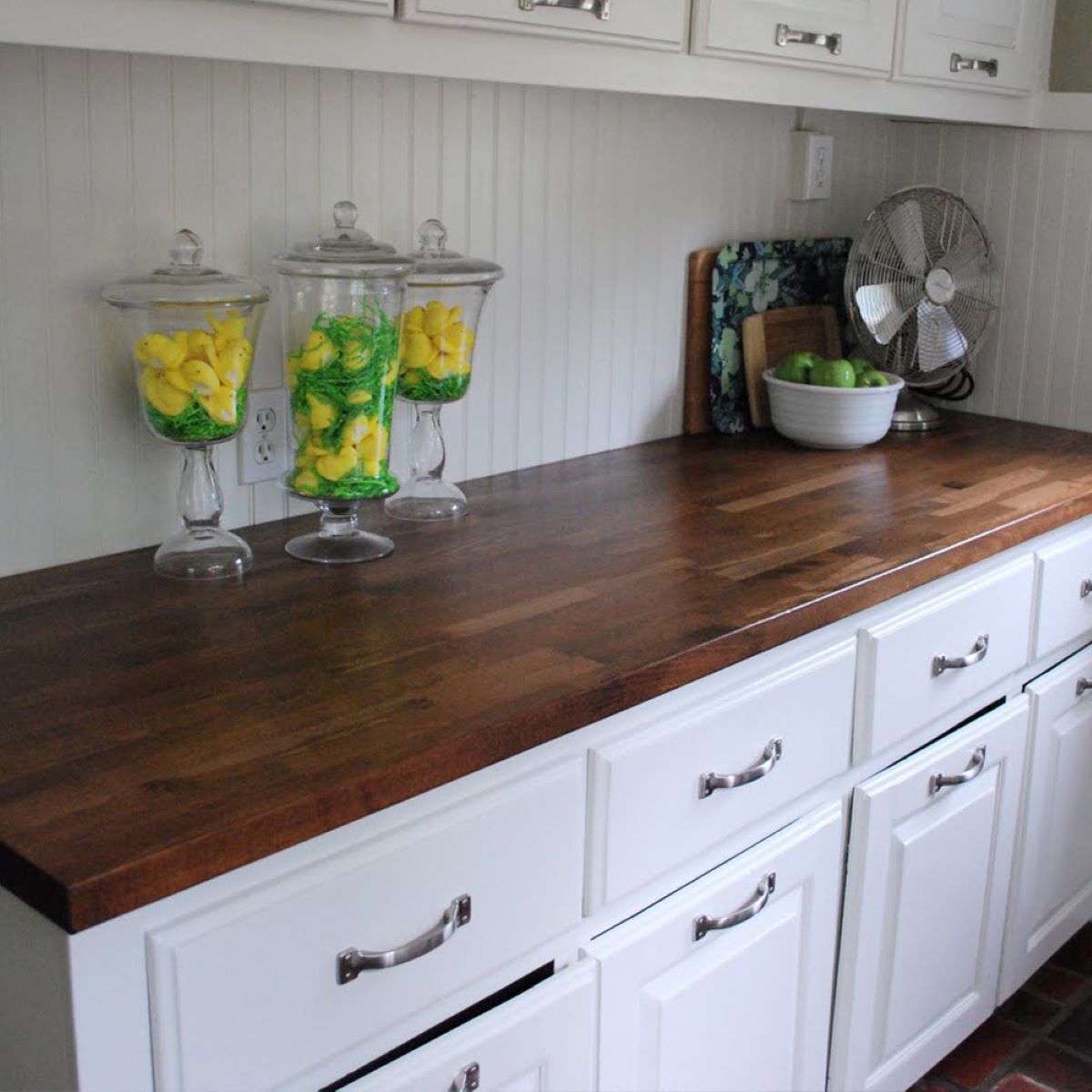
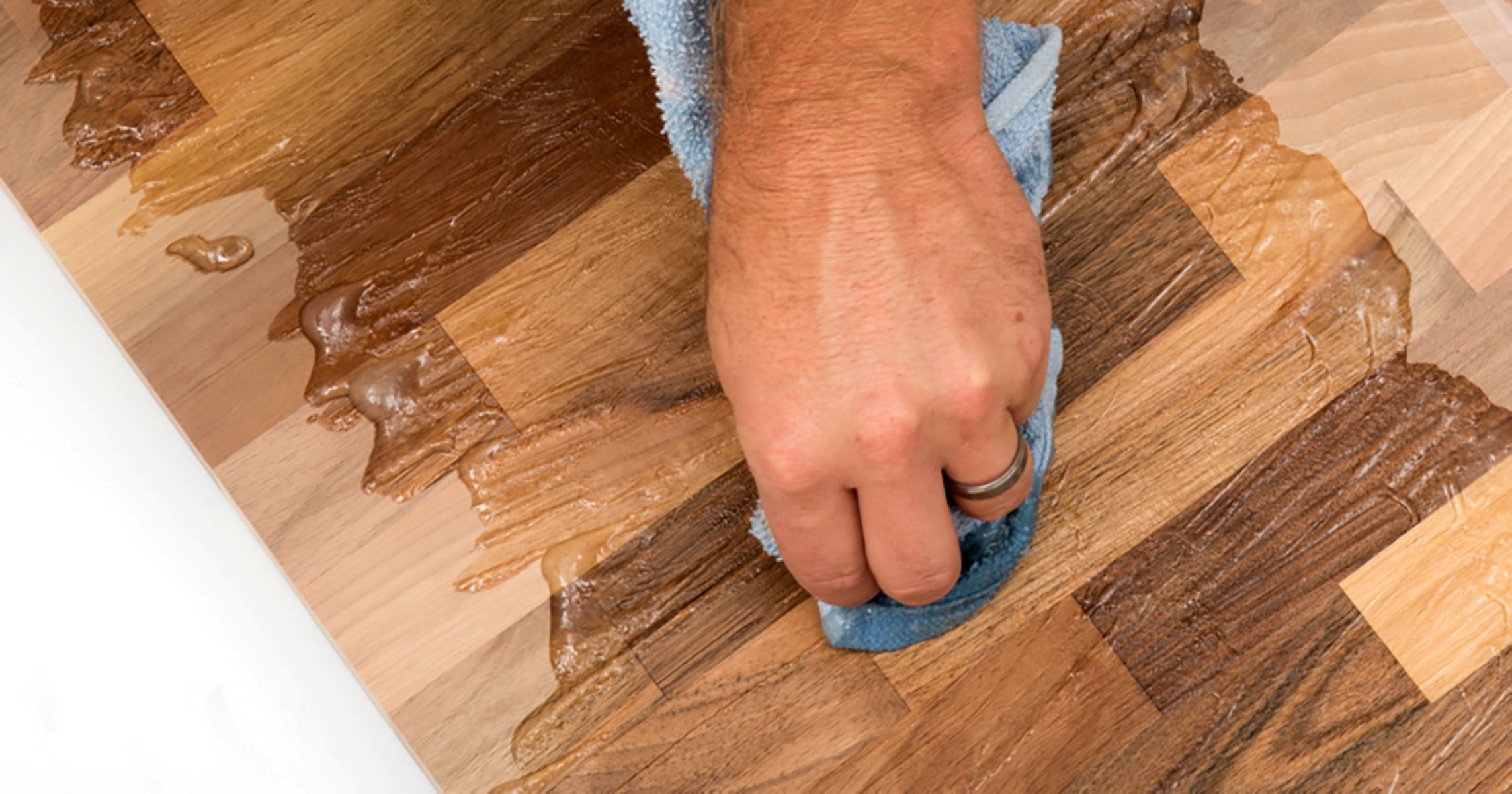
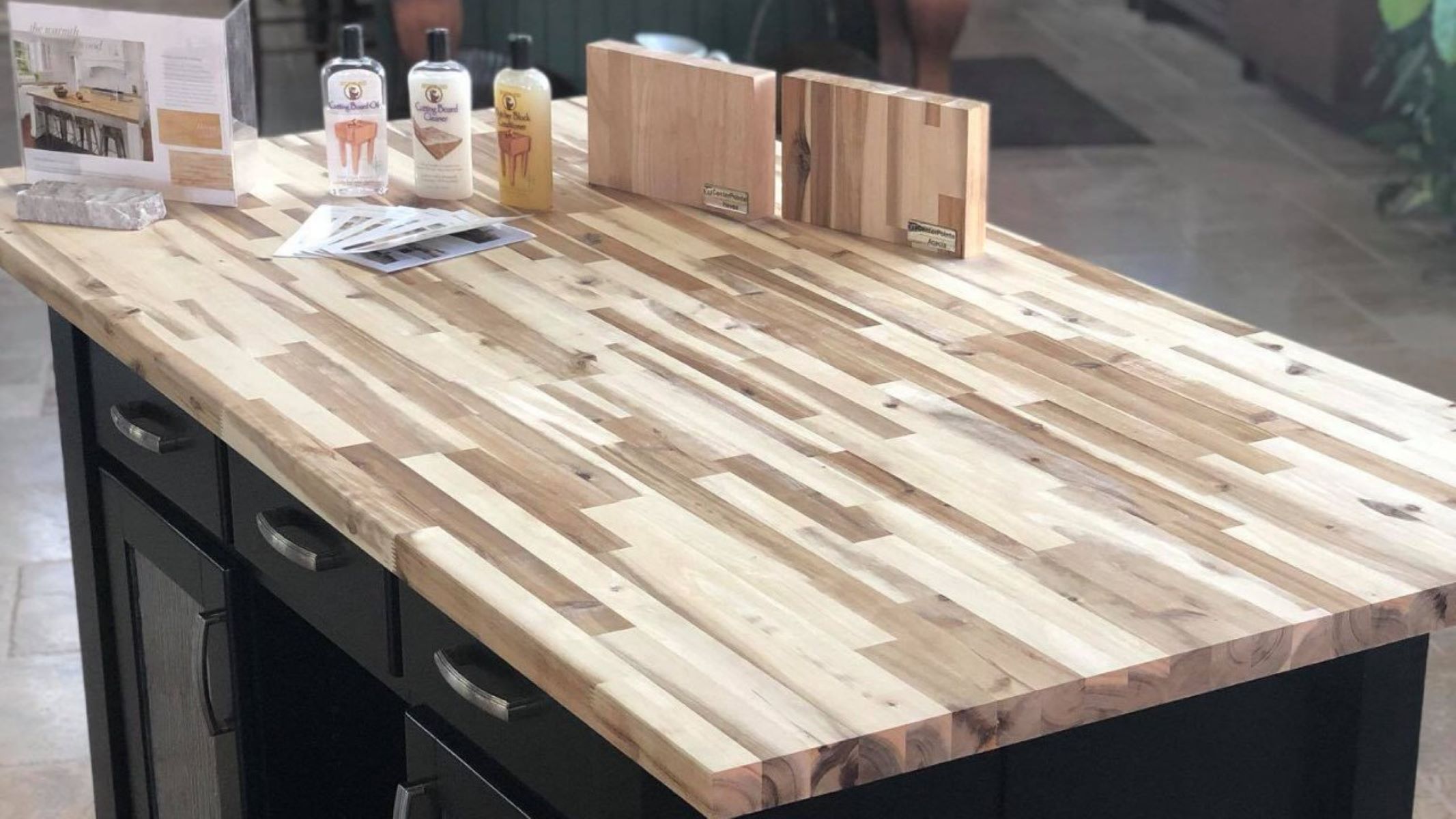
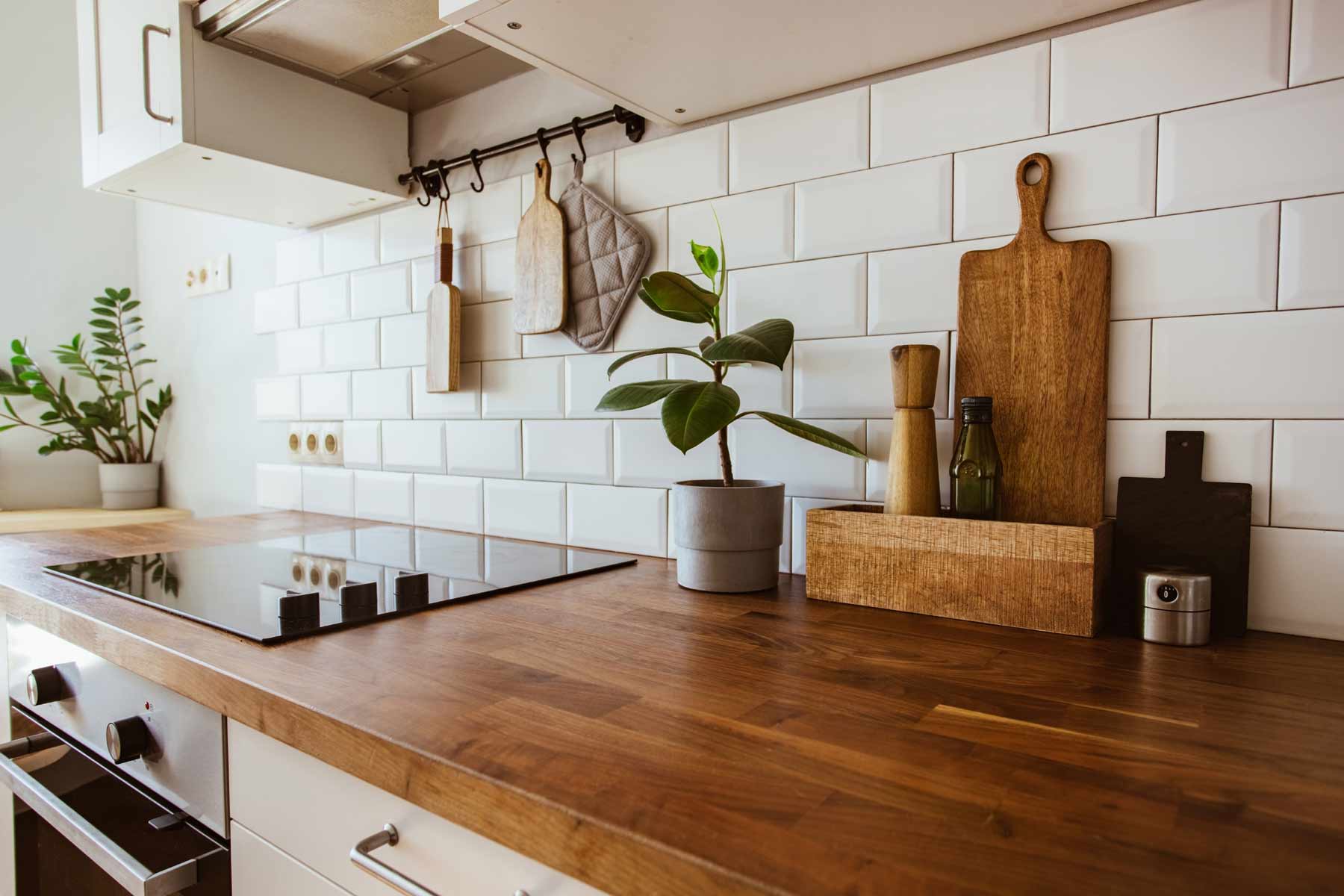
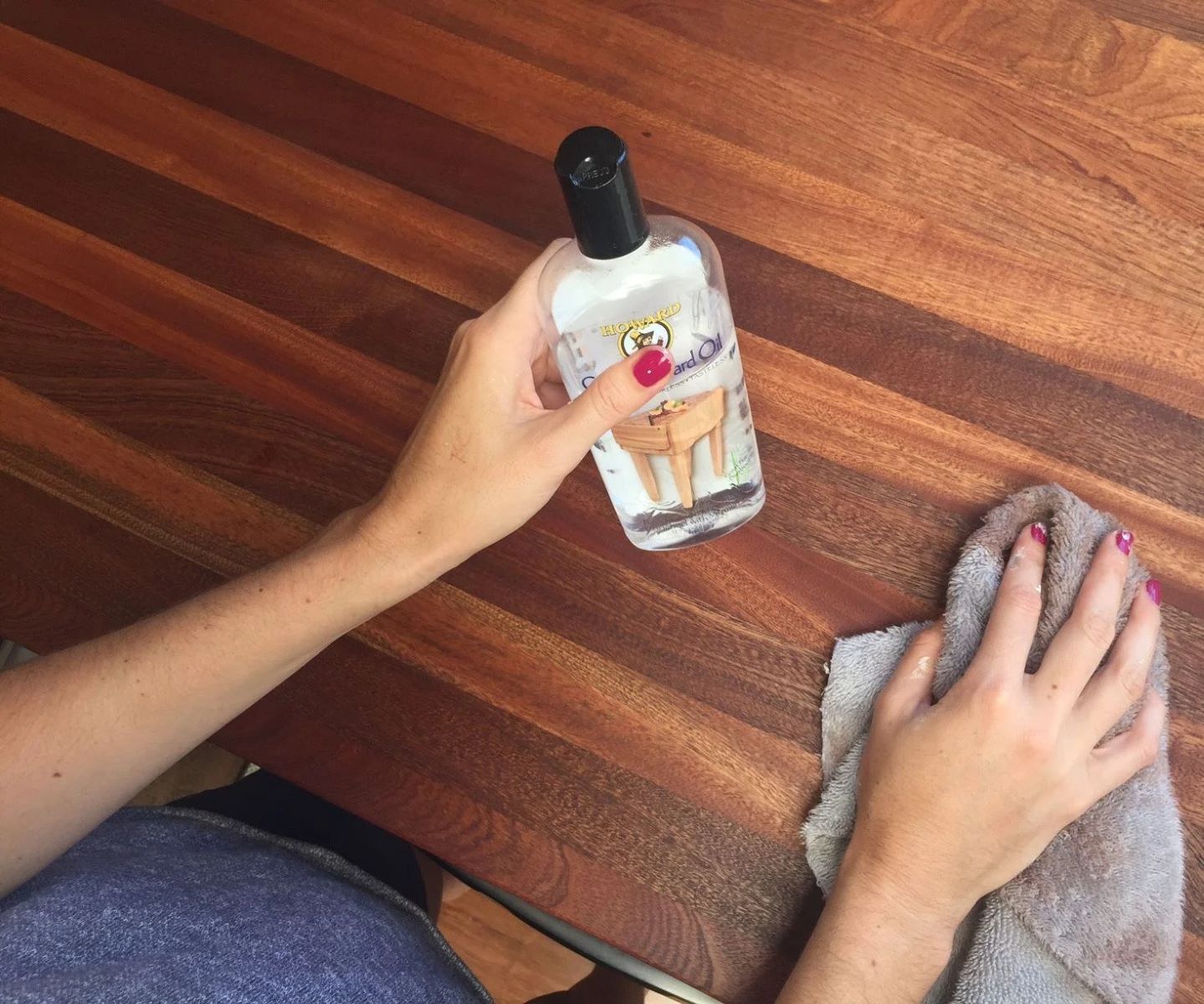
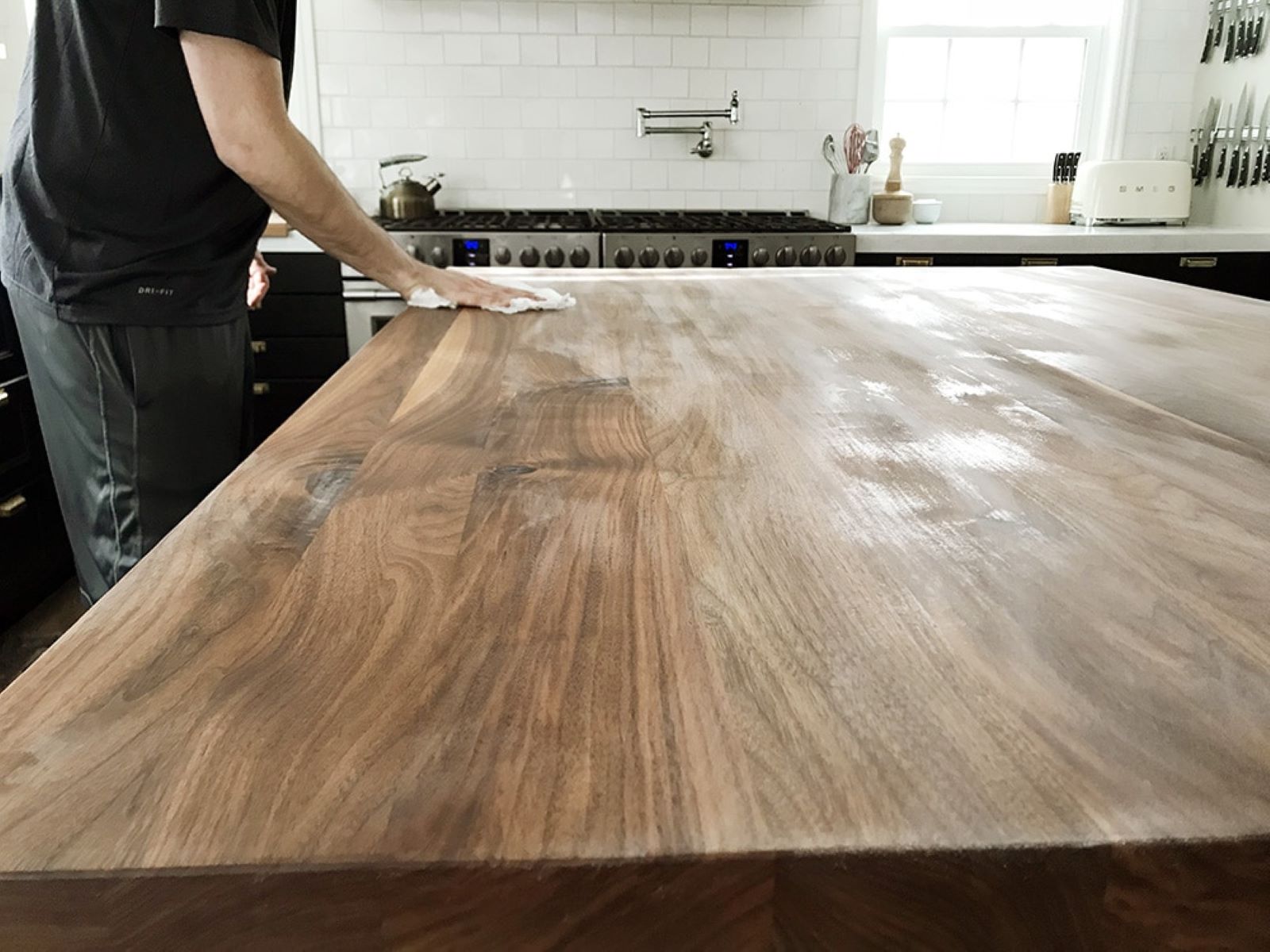
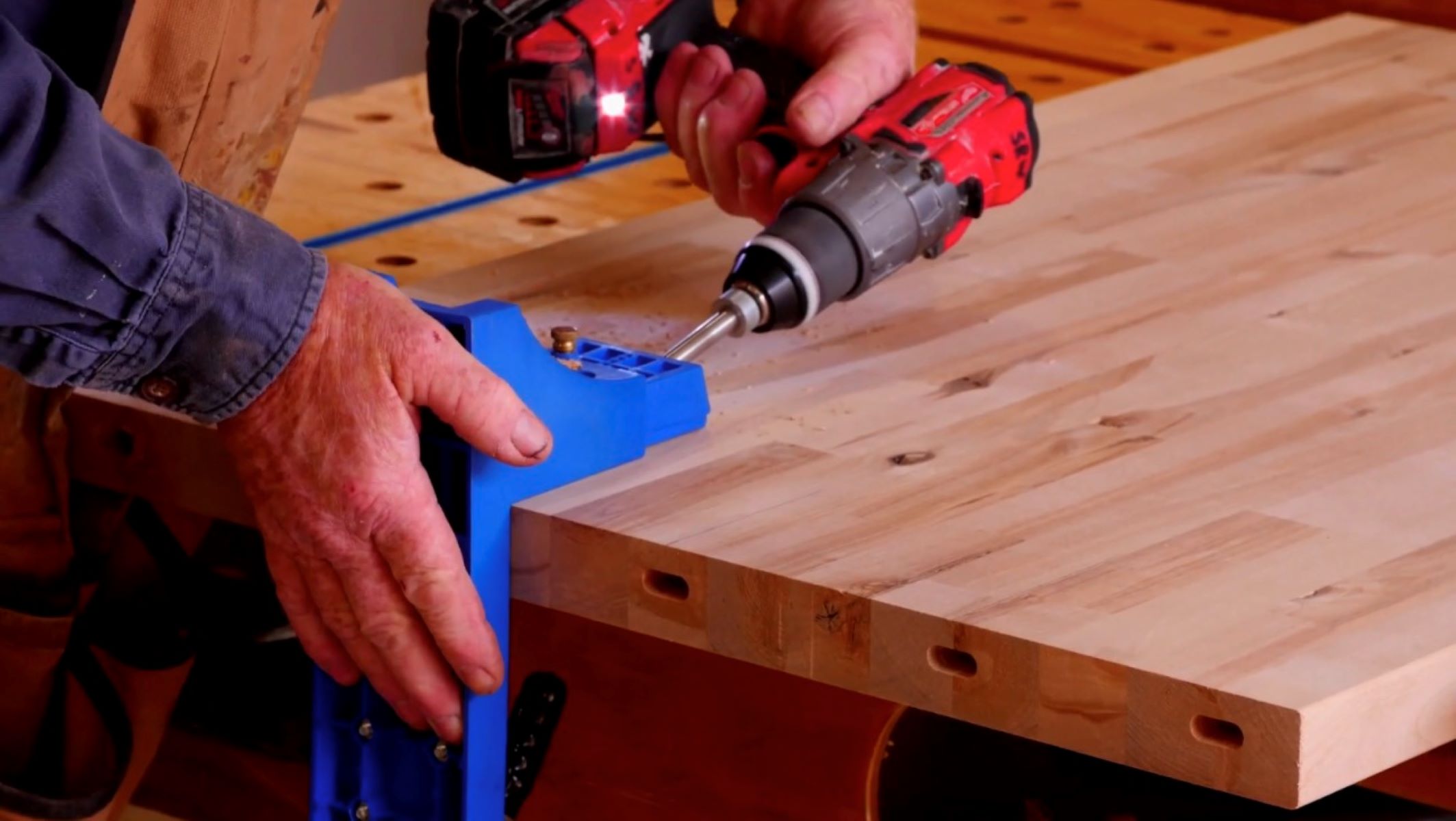
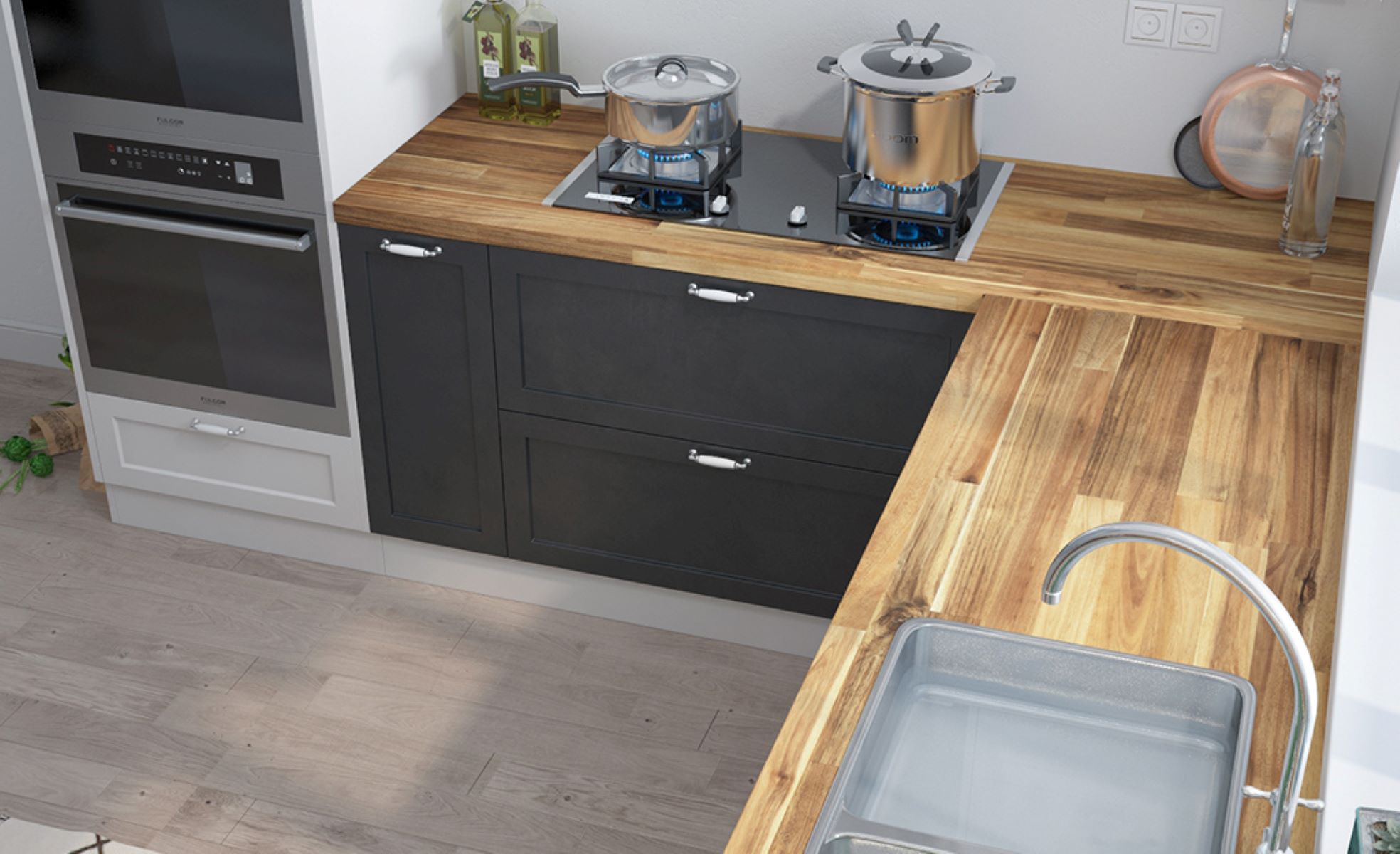
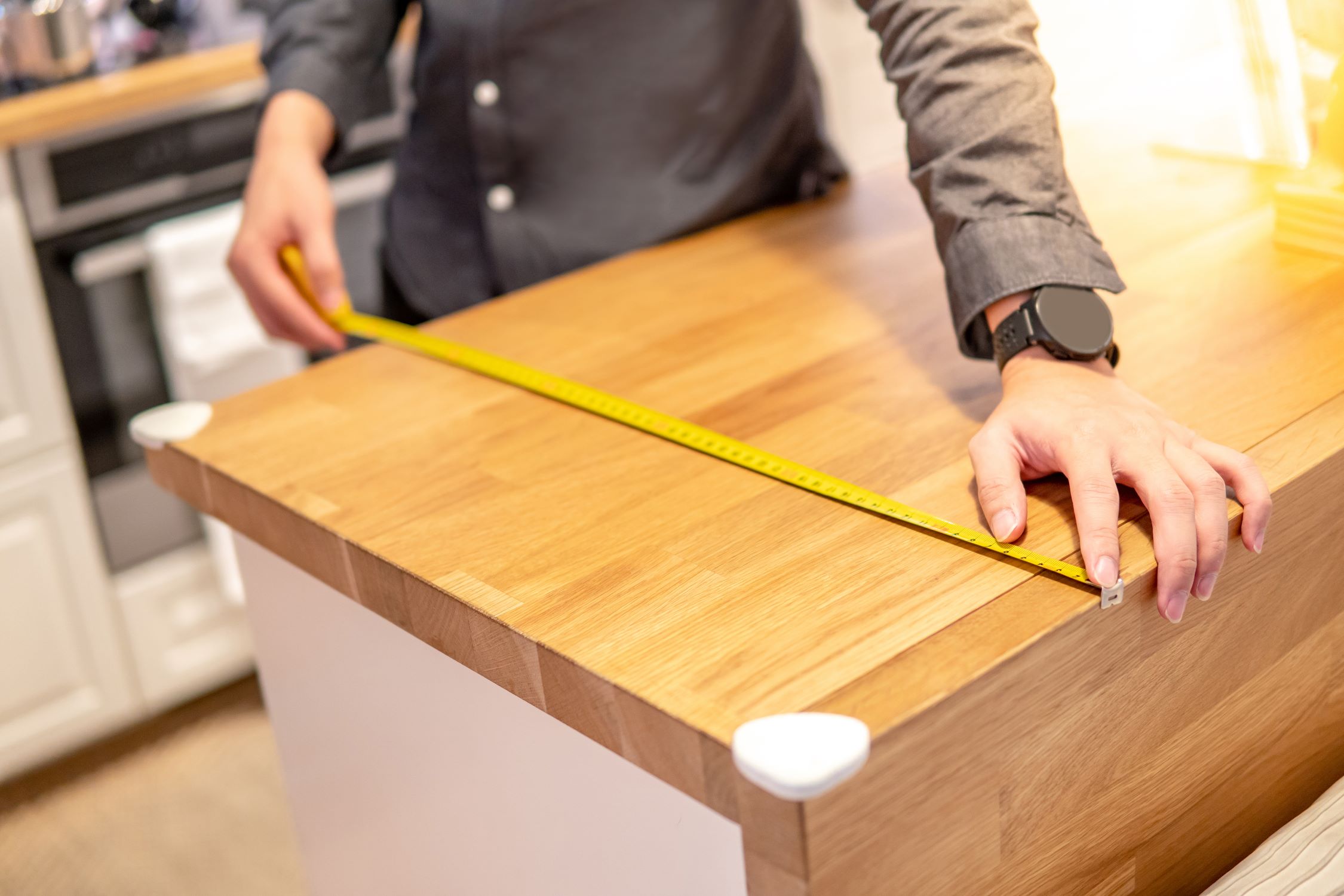
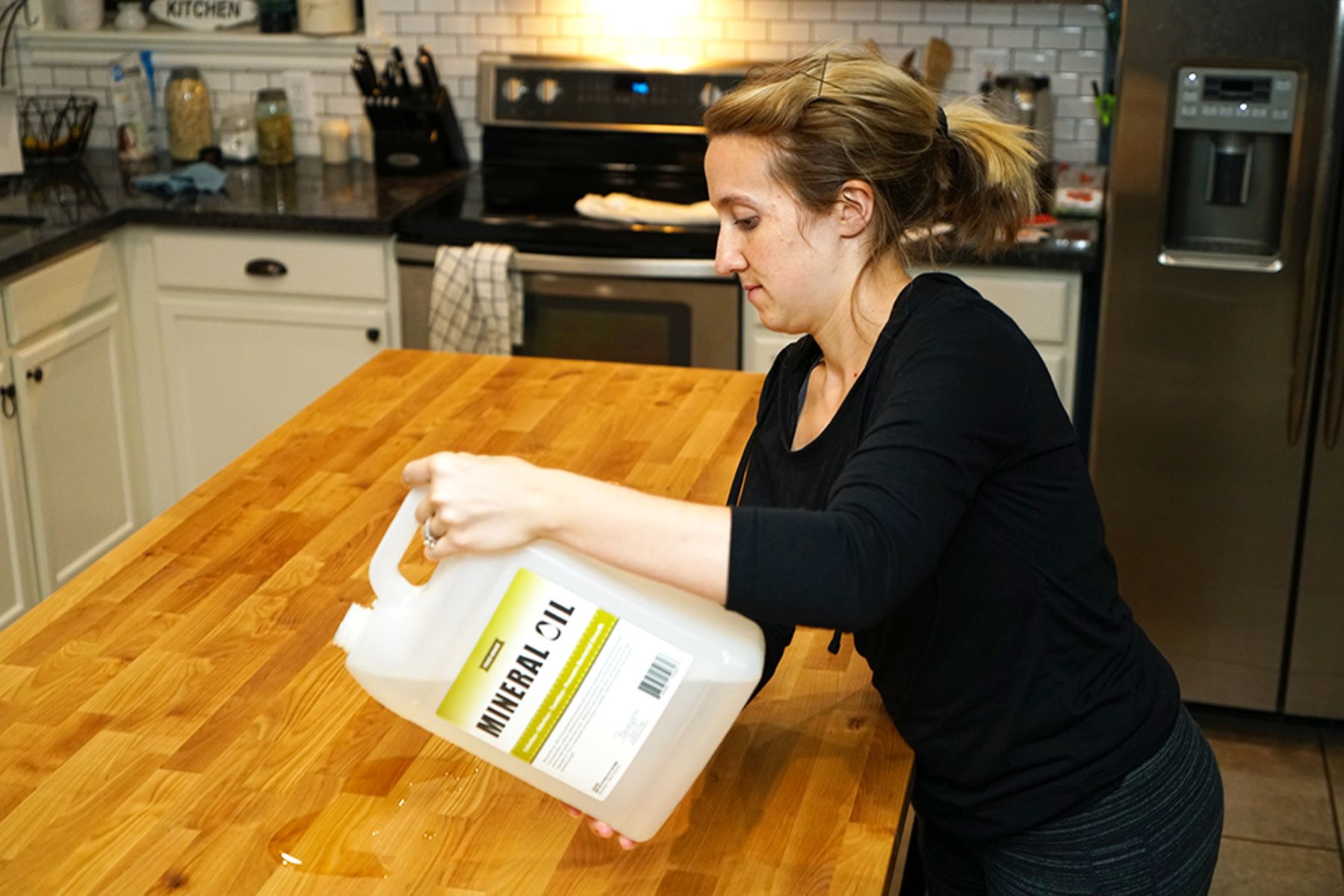
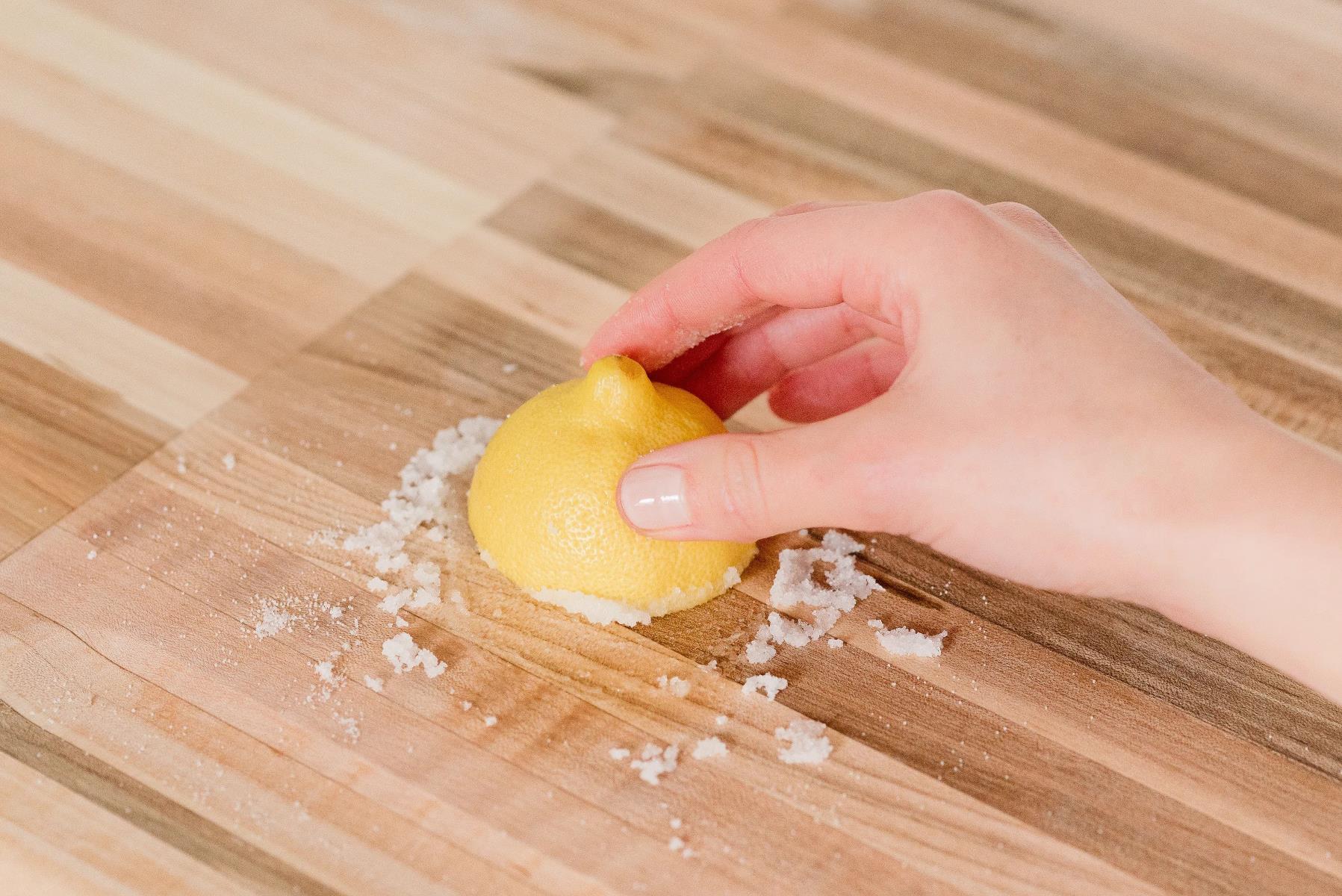
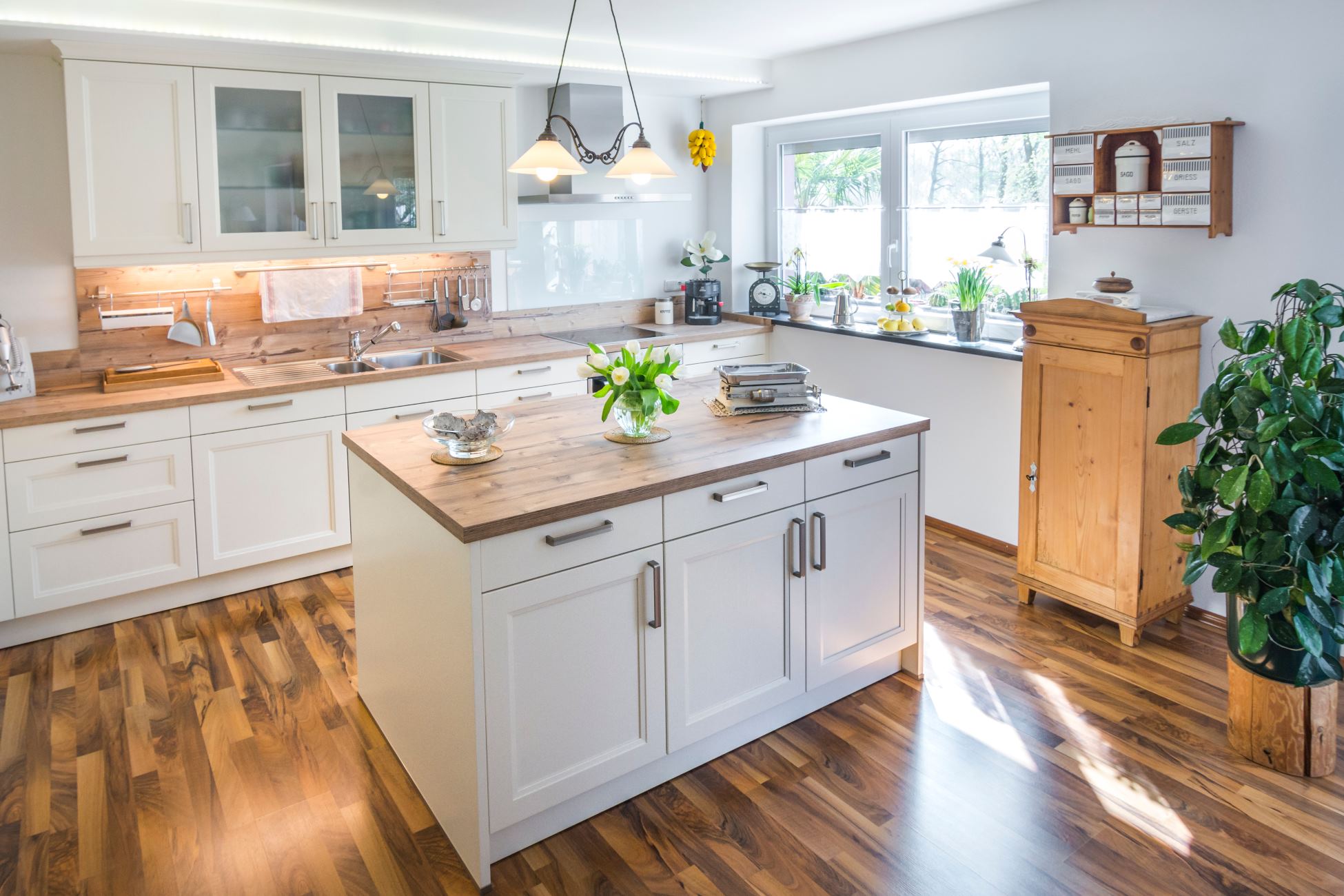
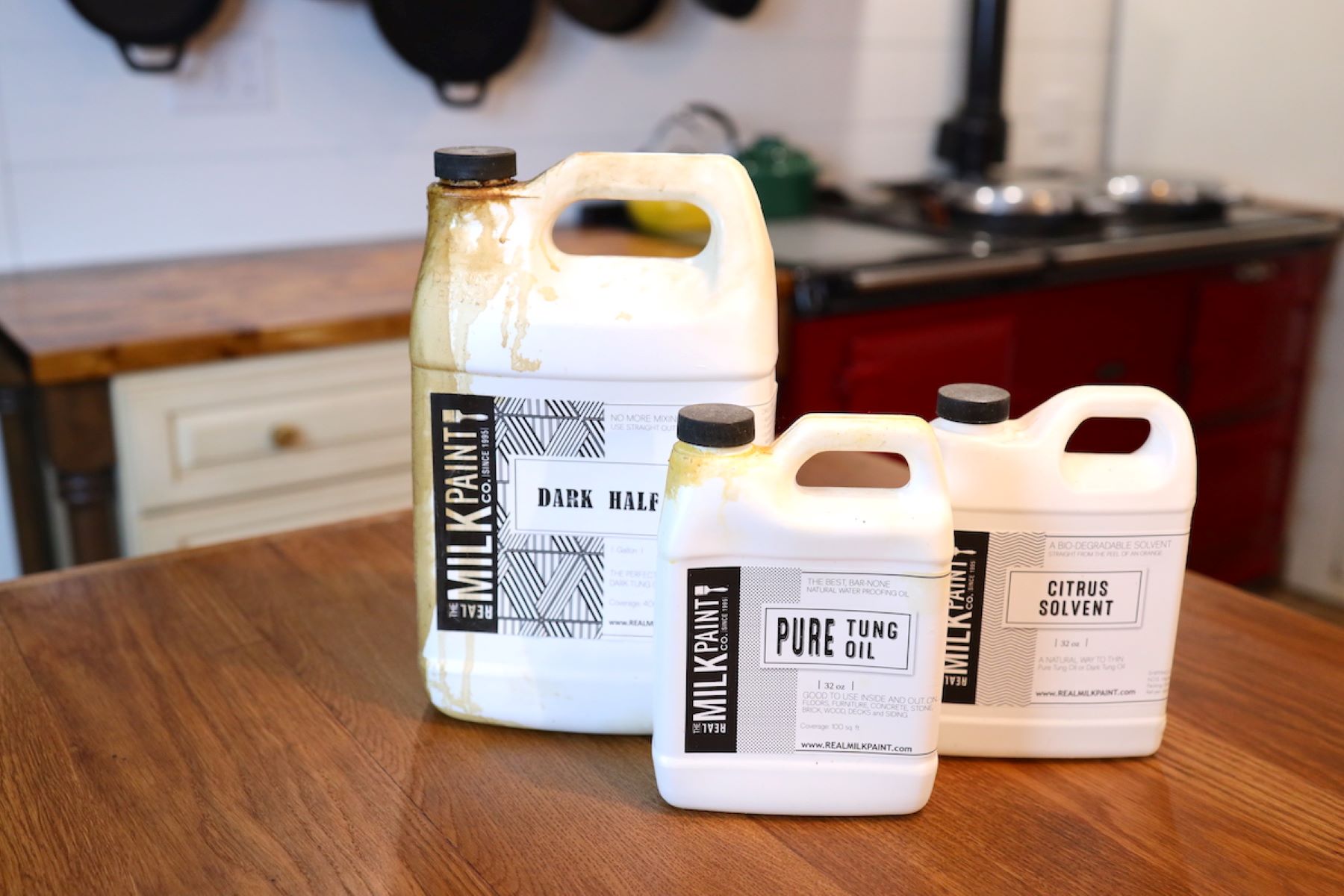
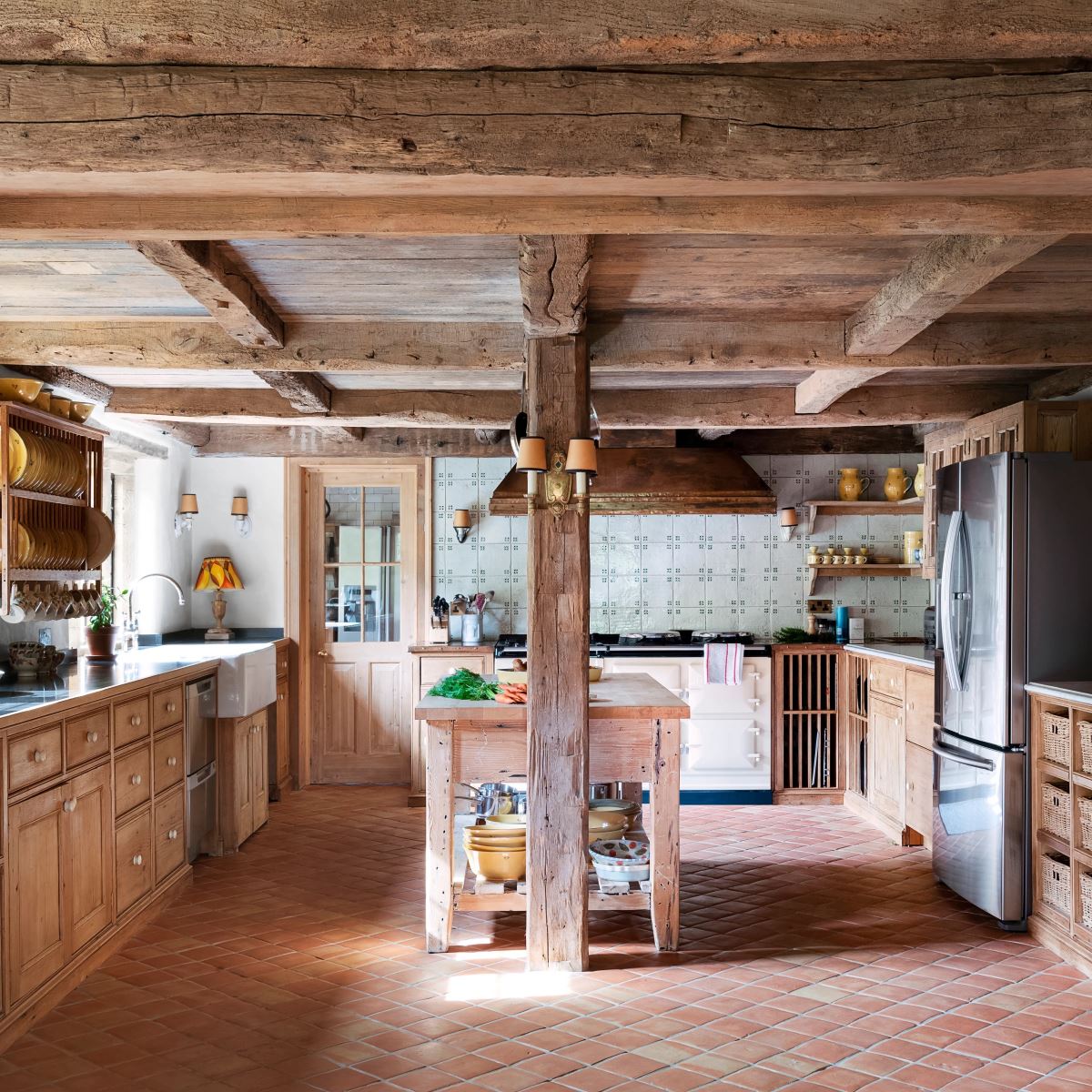

0 thoughts on “How To Do Butcher Block Countertops”